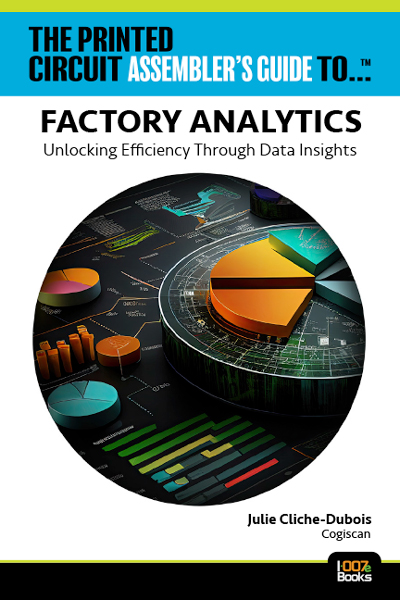This Month in SMT007 Magazine: Indium Metal Forecast—Supply Chain Strong, Demand Continues to Grow
May 5, 2020 | Donna Vareha-Walsh, IndiumEstimated reading time: 1 minute
Indium is a critical metal for the indium-tin oxide (ITO) market and other coating applications. Donna Vareha Walsh—director of sales and global supply chain and trade compliance at Indium Corporation—describes the plentiful global supply of indium and its recycling loop, examines indium’s history of price volatility and the market reactions from the recent Fanya Metal Exchange auction, and provides an overview of indium supply and demand drivers, as well as the impact of recycling efforts.
Indium pricing has been steady over the last few years through 2020, even under the pressure of an ongoing global pandemic. This year, indium has averaged $150 to $165 per kg based on Fastmarkets MB’s current market pricing.
Indium has had a volatile past with the increases driven from liquid-crystal display (LCD) growth in the early 2000s, import and export taxes placed on the metal by China, and then the price run-up from the Fanya Metal Exchange. Figure 1 shows a good representation of the prior market volatility that has subsided as we have seen steady prices over the last few years.
Figure 1: Indium metal market prices.
The supply chain of indium is global in nature. Based on the USGS, 760 tons were produced in 2019. Additionally, there is a strong reclaim loop constantly feeding the supply chain.
The demand for indium is mainly in the form of ITO, which is used in LCD screens for flat-panel devices—such as mobile phones, computers, and televisions—and in solder, alloys, electrical components, and semiconductors.
The compound annual growth rate (CAGR) for global ITO will increase by 7.7% by 2022, with growth coming primarily from China and South Korea. The main growth drivers for indium demand come from larger screen sizes, television shipments, small moves to organic light-emitting diodes (OLED), growth in quantum dots, and the developed world deployment of 5G. The caveat is, as the price of indium increases, so do the R&D efforts by display companies to use thinner coatings or alternatives.
To read this article, which appeared in the May 2020 issue of SMT007 Magazine, click here.
Suggested Items
Altus Highlights Heller Industries Advances in Void Reduction Under 1%
01/06/2025 | Altus GroupAltus Group, a leading distributor of capital equipment in the UK and Ireland, emphasises the importance of reducing voids in reflow soldering to improve manufacturing efficiency and product reliability
IPC Announces UK Regional Qualification for Hand Soldering Competition
01/02/2025 | IPCIPC invites skilled soldering experts to participate in the UK Regional Qualification for the IPC Hand Soldering Competition (HSC) on February 4-6, 2025, at the Farnborough International Exhibition Centre.
Connect the Dots: Designing for Reality—Solder Mask and Legend
01/02/2025 | Matt Stevenson -- Column: Connect the DotsIn the previous episode of I-Connect007’s On the Line with… podcast, we discussed the strip, etch, and strip process. At this point, we have a functioning board, but we still need to protect the PCB from environmental effects and document the circuit components. This brings us to the solder mask and legend phase of production.
Book Excerpt: The Printed Circuit Assembler’s Guide to... Low-Temperature Soldering, Vol. 2, Chapter 5
12/23/2024 | I-Connect007 Editorial TeamChapter 5 introduces the advantages of using low-temperature soldering for through-hole components, including cost efficiency, reliability improvement, and reduced warpage. Also covered: the evaluation of different fluxes and the performance of HRL3 in wave soldering and selective soldering processes.
Overview of Soldering Systems With Vacuum
12/18/2024 | Dr. Paul Wild, Rehm Thermal Systems GmbHWhen soldering electronic assemblies, the focus of the vacuum application is on the removal of volatile substances from the solder joints and the associated reduction of pore formation. Particularly in the thermal management of power electronics components, pores can cause so-called hotspots with higher temperatures due to their poor heat conduction. These hotspots can lead to overheating of the components on the one hand and to thermally induced destruction of the solder structure on the other.


